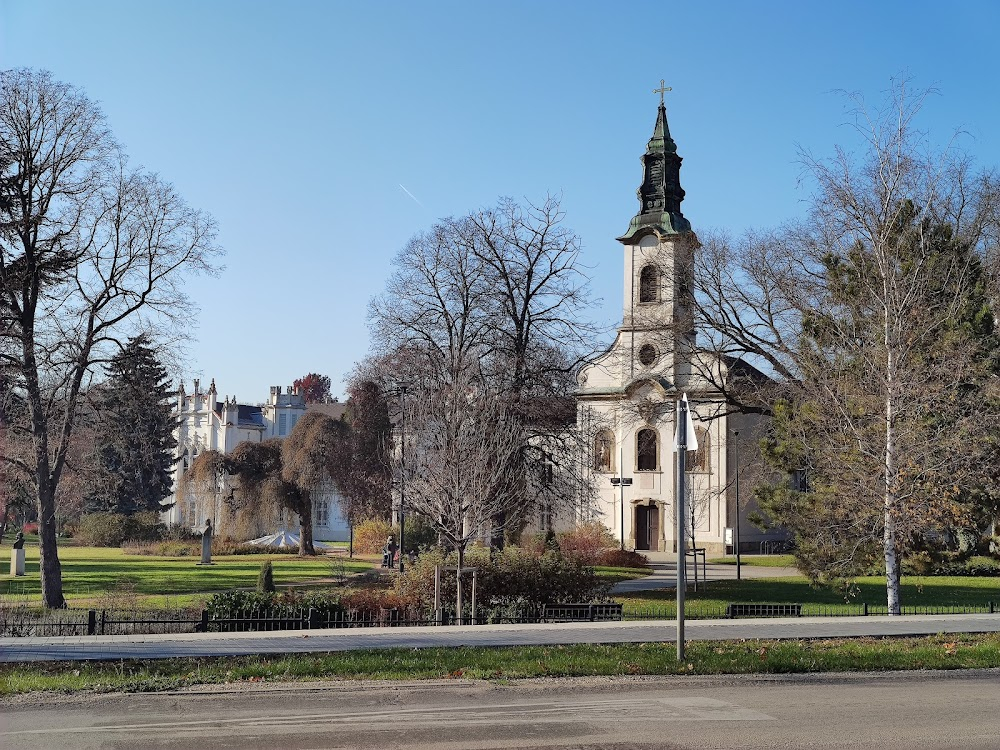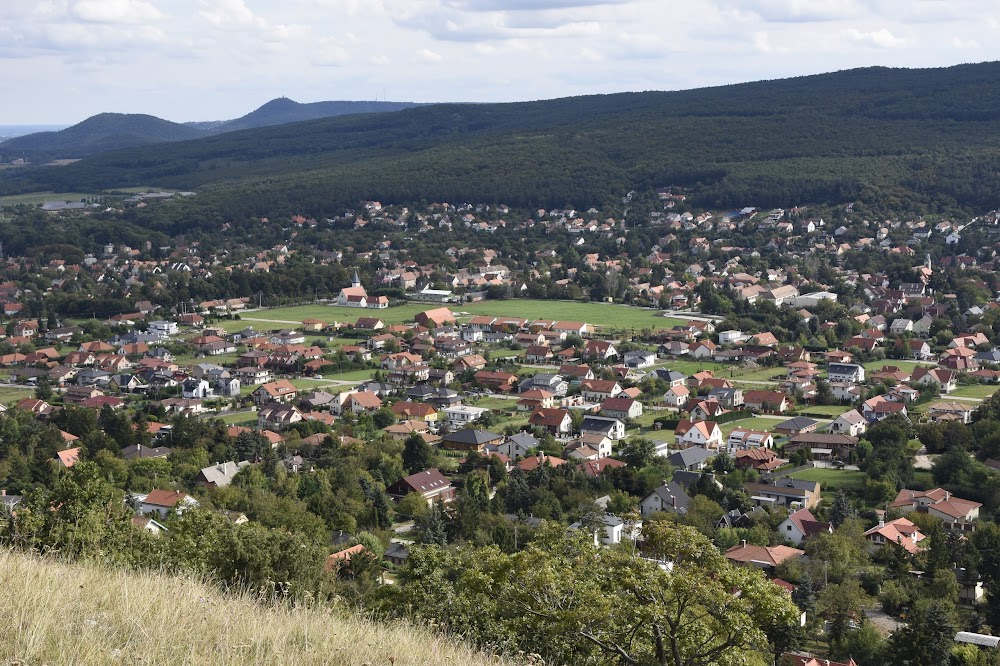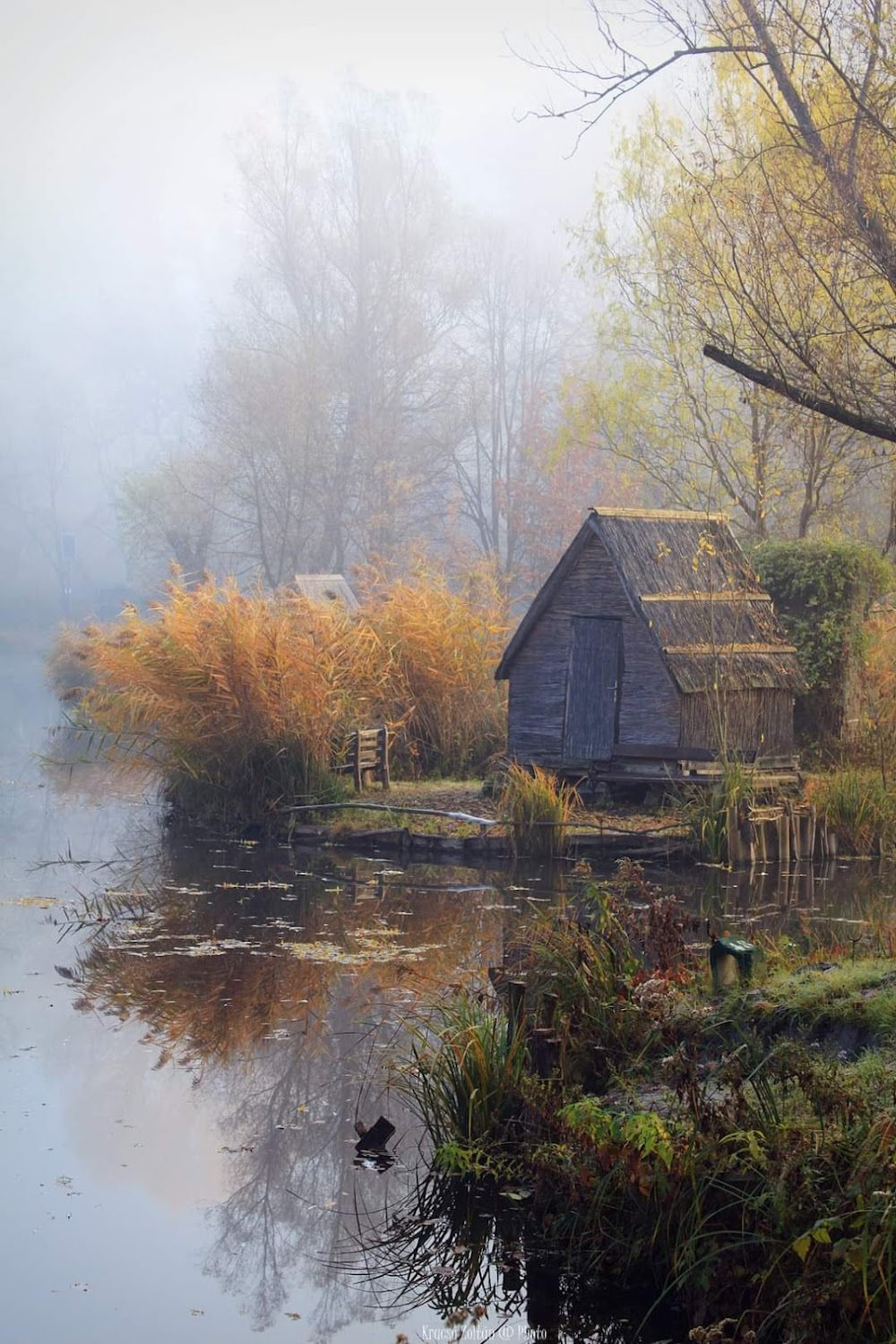Egy magyar nábob Filming Locations
Egy magyar nábob Filming Locations
Budapest, Hungary’s capital, is bisected by the River Danube. Its 19th-century Chain Bridge connects the hilly Buda district with flat Pest. A funicular runs up Castle Hill to Buda’s Old Town, where the Budapest History Museum traces city life from Roman times onward. Trinity Square is home to 13th-century Matthias Church and the turrets of the Fishermen’s Bastion, which offer sweeping views.
Martonvásár is the 11th largest town in Fejér county, Hungary. It's a popular tourist destination in Hungary because of the Brunszvik Palace where Ludwig van Beethoven stayed and wrote "Für Elise". There is also a museum for Beethoven. The town is also famous for its English garden.
Keszthely is a Hungarian city of 20,895 inhabitants located on the western shore of Lake Balaton. It is the second largest city by the lake and one of the more important cultural, educational and economic hubs in the region.
Székesfehérvár, known colloquially as Fehérvár, is a city in central Hungary, and the country's ninth-largest city. It is the regional capital of Central Transdanubia, and the centre of Fejér County and Székesfehérvár District. The area is an important rail and road junction between Lake Balaton and Lake Velence.
Nagykovácsi is small town located in Budakeszi District, in the western part of Pest county, central Hungary. It is situated some 15 km north-west of the centre of Budapest, in a valley.
Sződliget is a small town in Pest county, Hungary. Sződliget has around 4500 inhabitants and is situated on the east bank of the Danube surrounded by agricultural land. Sződliget acts as a commuter town for Budapest, and to some extent for Vác with good train and road links to both.
Častá is a village and municipality in western Slovakia in Pezinok District in the Bratislava Region, on the foothills of the Little Carpathians. The village is best known for the Červený Kameň Castle, which is above the village.
Egy magyar nábob (1966)
Based on the novel by Mór Jókai, the film revolves around several decades of life of a noble family Karpati, during the first half of the XVIII century.




